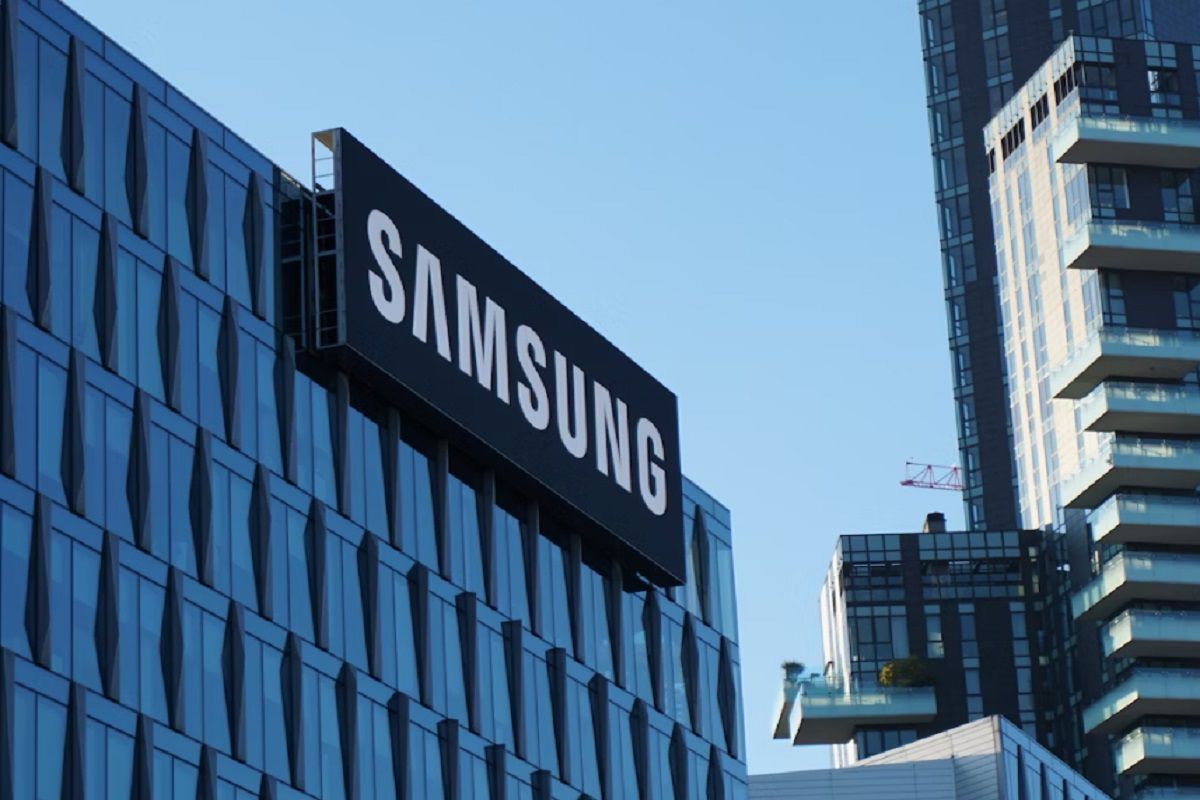Samsung Electronics continues to implement a strategy to reduce the production of memory chips, including NAND flash memory, which is used in smartphones and computers.

According to the results of the second quarter of this year, the unit of this South Korean technology giant, which specializes in the production of memory chips, recorded a loss of $3.4 billion. The company also faced an operating loss of approximately $7 billion in its semiconductor business in the first half of 2023. Currently, this technology giant is one of the largest manufacturers of memory chips in the world.
For the first time, the company decided to reduce chip production in April. This decision was made against the background of the worst financial result of the corresponding activity for the first quarter of 2023 since 2009. The greatest factor influencing the current state of affairs was the low level of demand for consumer devices.
At the same time, the current strategy regarding the company’s semiconductor business is not long-term. The technology giant, as part of its efforts to promote the development of artificial intelligence, intends to double the production of high-performance memory chips, such as high bandwidth memory (HBM), by 2024. The company is confident that these products will be in demand against the background of a high level of corresponding demand in the sphere of AI, the Internet of Things, 5G, and graphics processing applications. High-performance chips reduce information processing time and reduce energy consumption compared to traditional NAND.
The company stated that the demand for servers does not show growth dynamics, remaining within the minimum values, against the background of customer behavior that provides for the adjustment of existing stocks, rather than their replenishment. The tech giant notes that at the same time, a high level of interest in high-density/performance products is being recorded. The company notes that this state of affairs was facilitated by the growth of investment in artificial intelligence.
At a briefing held on Thursday, July 27, executive vice president of Samsung’s memory division Jaejune Kim confirmed that the firm will continue to reduce the production of memory chips, but this will not affect high-performance versions of these products, including HBM, since the level of demand for these advanced developments is projected to show growth dynamics.
Two main memory chips, DRAM and NAND, are used in many devices, including smartphones and servers in data centers. DRAM allows large language models to function at a high level of complexity, helps to speed up the process of working with information in multitasking mode and to create applications based on AI. NAND is necessary for data storage.
Samsung, as part of its foundry business, intends to introduce 2-nanometer production of parts for mobile phones by 2025.
According to the results of the second quarter of this year, the technology giant recorded a corporate operating profit of about $524 million, which exceeds initial expectations.
The company expects global demand for memory chips to recover in the second half of 2023. If this assumption turns out to be correct, the tech giant’s revenues generated by the components business will grow. At the same time, the company recognizes that macroeconomic risks can become an obstacle to the implementation of a positive scenario.
As we have reported earlier, Samsung and Bank of Korea Collaborate on Offline CBDC.









